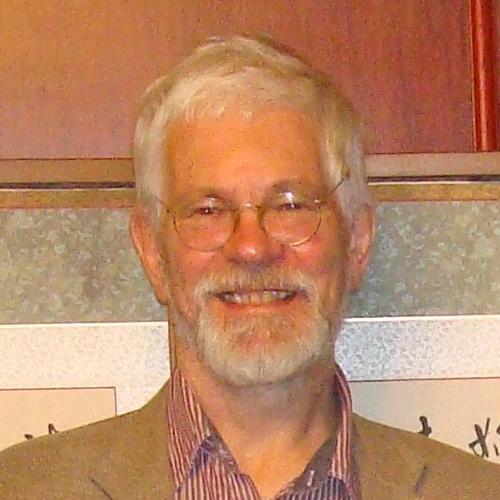Chris Little is in his 50th year of applying IT to numerical weather prediction at the Met Office. He has been involved in many of the most important developments in weather and climate modelling over that time and is still there working on international collaboration projects. Chris has programmed some of the most powerful supercomputers of their days and instigated the use of a wide range of graphic devices for forecasters and researchers. He spent three years at the European Centre for Medium Range Weather Forecasting (based in Reading) that extended weather forecasting beyond a few days with the application of the first Cray supercomputer.
Chris has been a leader in the development of many technically advanced and important international standards that are invisible to most but ensure the reliable and accurate delivery of weather forecasts to the “person in the street” and other critical areas such as defence and aviation. At a strategic level, Chris points out that, beyond weather, the Met Office, with his involvement, play a key role in other atmospheric issues, including assessing the impact of and contingency planning for chemical and nuclear hazards such as Chernobyl; and of course, informing our understanding of climate change. When the Met Office relocated from Bracknell to Exeter, Chris had the challenge of ensuring switchover of customers’ communications infrastructure to support operations without any interruptions of these vital services.
Chris Little was interviewed by Richard Sharpe for Archives of IT.
Chris Little on his First Computer
Chris Little on Y2K
Chris Little on FORTRAN
